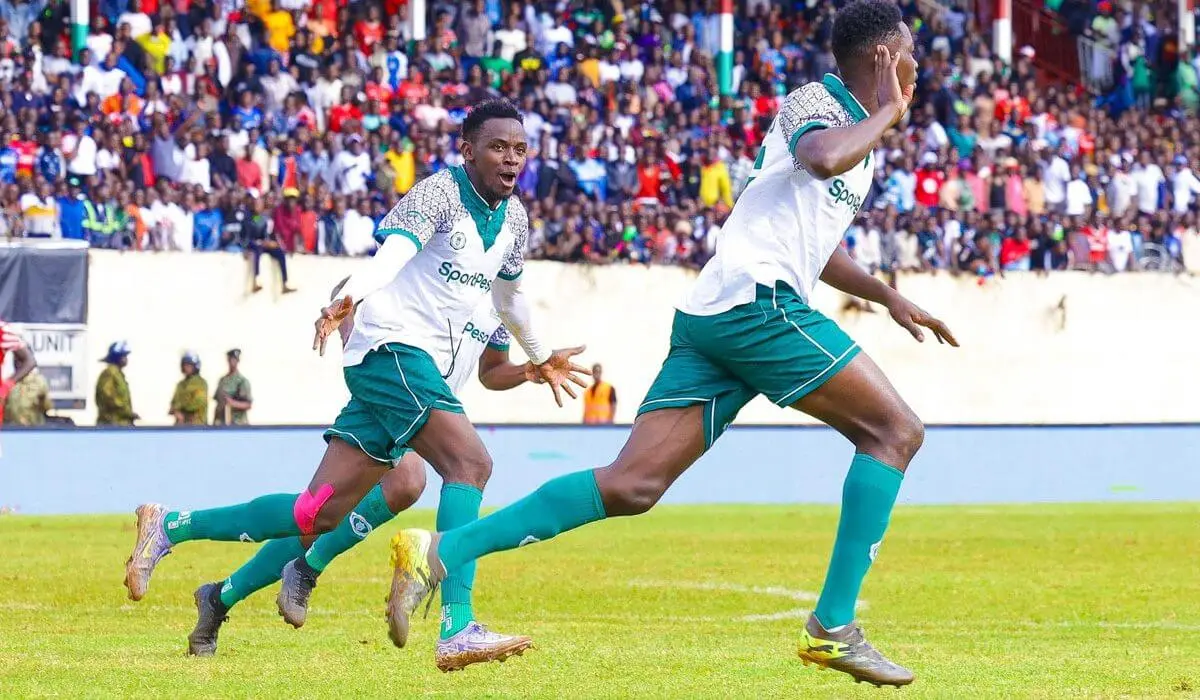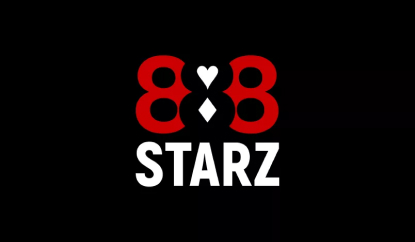Shabana vs Gor Mahia FKFPL match delivered on its promise of tension, passion, and controversy, leaving an unforgettable imprint on Kenyan football. What should have been a celebration of athletic skill and community spirit was marred by chaos, yet also electrified fans with sporting drama. As the dust settles over Gusii Stadium, the echoes of both triumph and concern continue to resonate far beyond Kisii County.
Anticipation and buildup for Nyanza Derby
In the days ahead of the much-anticipated clash, excitement coursed through the veins of western Kenya. For the proud fanbase of Shabana, this match presented more than a mere three points—it was a shot at history, an opportunity for the Glamour Boys to cut down Gor Mahia’s title lead and make their raucous home ground a fortress.
Fans began gathering in Kisii town as early as dawn, with Gor Mahia supporters journeying from all corners of the country for the would-be Nyanza Derby. By 11:30 am, countless voices and colors filled the 10,000-capacity Gusii Stadium, transforming it into a sea of banners, vuvuzelas, and song. The roads themselves throbbed with life, from fans packed into matatus to those arriving on boda bodas—even one bold supporter with a live chicken dyed in club colors suggesting fate would smile on his team.
The perfect storm: hype, history, and logistical strain
The stakes soared as both clubs eyed the summit of the FKF Premier League. Shabana, unbeaten in eight matches, had made Gusii a no-go zone for rivals since January, while Gor Mahia, the perennial juggernauts, sought to reinforce their 22-title legacy. Beneath the surface, however, tension brewed as questions swirled about the suitability of Gusii Stadium to host a match of such magnitude, a concern familiar to many following the recently relocated Mashemeji Derby.
An intense rivalry, a surging Shabana fan base, and the limited stadium capacity posed an explosive mix. Proposals to shift the match to a larger venue met unyielding resistance from Shabana’s faithful, determined to defend both their turf and their pride. Security measures were mapped meticulously, with officers stationed to maintain peace and seating sections clearly divided to prevent trouble.
When passion spills over: violence before kickoff
Despite best intentions, the meticulously planned partition could not stem the tide of emotion as stadium sections overflowed by midday. Violence erupted when Gor Mahia fans, finding their allocated sections filled, ventured into Shabana’s territory. Stones were hurled, and within minutes, the carnival atmosphere devolved into stampedes and running battles. Ambulances had to ferry the injured—many of whom were women and children—to nearby hospitals, and the stadium announcer’s pleas for calm mingled with sirens and chaos.
The violence left dozens with serious injuries and once again raised hard questions about crowd control, stadium suitability, and the very soul of Kenyan football culture. Yet, amid pain and fear, order was painstakingly restored by security forces, setting the stage for a delayed but fiercely fought contest.
| CASINO | BONUS | INFO | RATING | |
|---|---|---|---|---|
|
bonus
New players get 50 free spins and a Ksh 2500 freebet!
See 7 Bonuses
|
info
BK 0000665 PG 0000405 Good combination of online casino and betting platform |
|||
|
bonus
WELCOME BONUS UP TO 19000 KES FOR SPORTS BETTING
See 11 Bonuses
|
info
PG 0000423 A simple way to start playing |
|||
|
bonus
100% bonus up to 15000 KSH on first deposit!
See 9 Bonuses
|
info
BK 0000698 PG 0000424 Excellent customer support, large selection of slot games, and multilingual website. |
|||
|
bonus
Deposit KES 147 for up to KES 14,745 bonus + spins!
See 10 Bonuses
|
info
BK 0000683 Industry-leading software providers, over 30 casino games, BCLB license |
On the pitch: a cauldron of nerves, a moment of brilliance
The match itself began 42 minutes late, and every pass and tackle reflected the lingering tension. Early forays saw Gor Mahia goalkeeper Gad Mathews repeatedly tested by the relentless Darius Msagha and Shabana’s hungry attack. Yet, in true derby fashion, the defending champions held firm as both sides sparred without finding the net in a cagey first half.
Referee Israel Mpaima found himself at the center of a storm, cautions flying as physical play threatened to boil into further unrest. For both sets of players—most of whom had watched the trauma unfold mere minutes before—the emotional burden was palpable.
Substitutions brought a fresh spark after the break, but the impasse endured until the 79th minute. Bryson Wangai’s left-footed corner found Sylvester Owino ghosting behind the Shabana defense. With a thunderous header, Owino broke the deadlock, unleashing a torrent of joy—and fresh turmoil—among the visiting fans. That single moment, a flash of composure amid chaos, ultimately sealed Gor Mahia’s victory.
Delays and drama: when football takes a back seat
Celebration and frustration once again spilled from stands into action, with restarts delayed as Shabana fans expressed outrage at the goal. The game’s final minutes became a prisoner to stoppages and disruption, as two lengthy delays pushed full time to the 115th minute. The football nearly became an afterthought—yet through it all, the resilience of players and officials to see the match through reveals the deeper, sometimes conflicted spirit of sport in Kenya.
What the numbers say: standings and implications
Beneath the surface of chaos and euphoria lay the cold, hard facts that motivate both triumph and despair in football. Gor Mahia’s 1-0 win pushed them to 52 points, leapfrogging Tusker to move second—just behind Kenya Police, setting up a mouthwatering final showdown. Shabana, meanwhile, remain in fourth with 46 points, the dream deferred but not extinguished for the Glamour Boys, whose resurgence remains one of this season’s most heartening stories.
Reflections: football’s joy and the perennial shadow of hooliganism
Fans, pundits, and ordinary Kenyans took to social media to mourn the violence, with many lamenting that a day of supposed joy could leave so many injured and fearful for the game’s future. The recurring question—can we find ways to keep football festive and safe?—remains unanswered. Suggestions abound: tighter ticketing systems, numbered seating, more rigorous crowd management, and above all, a cultural shift toward true sportsmanship, both on and off the pitch.
Against that backdrop, what remains of the Nyanza Derby is a reminder of why we watch the game—its power to unite, its capacity for heartbreak and renewal, and its undeniable mirror into society’s strengths and frailties. For every fan who braved the journey to Gusii—and for every player who found the resolve to deliver amid such odds—the legacy of this match is greater than points or pride. It is a call for Kenyan football to evolve, to cherish both its fiery passion and its need for communal care.
Looking forward: can Kenyan football learn and grow?
- this is how it’s done – implementing advanced ticketing and genuine crowd control measures,
- this is how it’s done squared – choosing appropriate venues for high-risk fixtures,
- this is how it’s done cubed – cultivating a culture where love for the game replaces the urge for confrontation.
As the FKF Premier League title race hurtles toward its conclusion, the hope is that the stirring drama of Shabana vs Gor Mahia will prompt not only headlines but also necessary change. The beautiful game deserves nothing less from those who hold it dear.










